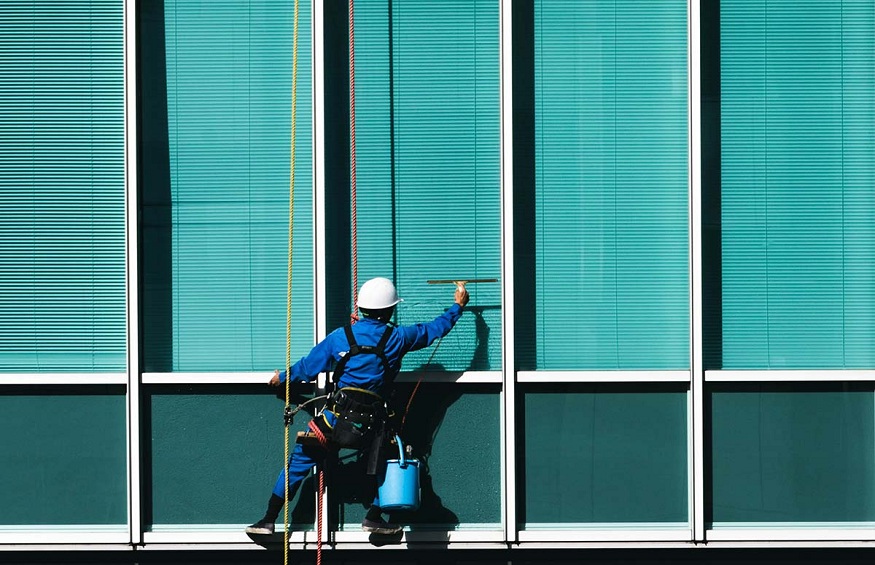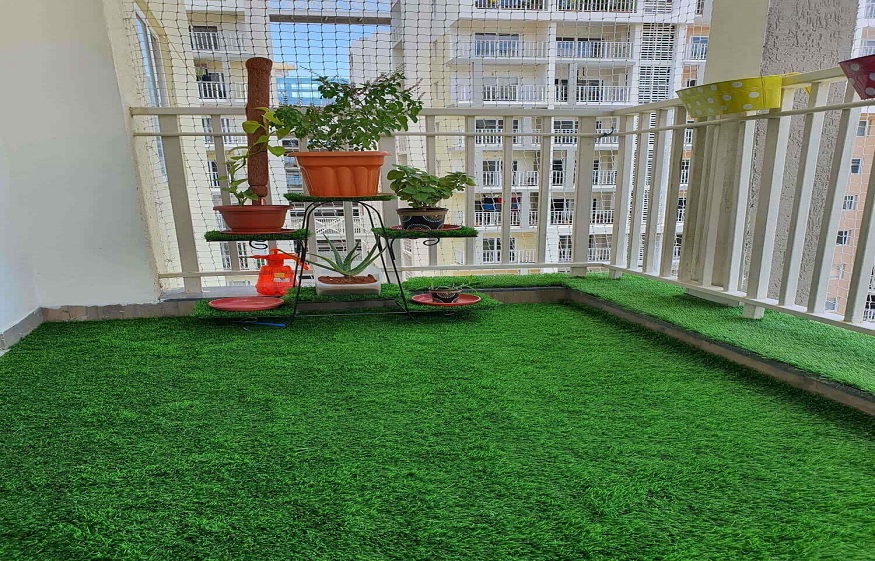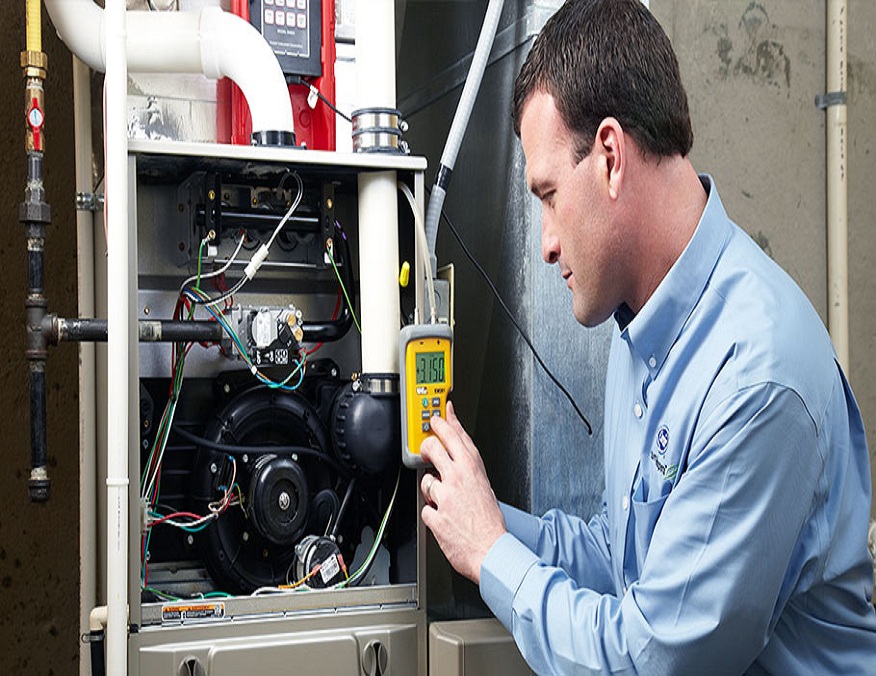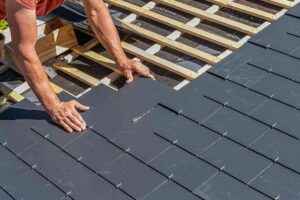A building’s front is its face, the part that attracts onlookers’ and guests’ attention first. The facade of a building contributes significantly to its overall functionality and efficiency, making it more than merely an ornamental feature. A variety of options are included in facade services with the goal of improving the aesthetics, usability, and sustainability of buildings.
In this post, we explore the many advantages facade services provide, including how they affect sustainability, energy efficiency, and aesthetics.
1. Aesthetics and Visual Appeal
A building’s exterior serves as its identity and leaves a lasting impact on both residents and guests. Facade services give architects and designers the freedom to experiment with different designs, materials, and finishes, producing striking exteriors that capture the character of the building. Facade services’ ability to be customised enables the development of distinctive and inspirational designs that stand out in the urban environment.
Additionally, facade services allow for the integration of innovative elements such as glass panels, decorative cladding, and dynamic facades that can change appearance based on environmental factors or time of day. These features breathe life into the building, elevating its aesthetics and making it a focal point in the surrounding environment.
2. Energy Efficiency and Thermal Performance
Energy efficiency has emerged as a key component of building design in the modern world, where sustainability is of utmost importance. By enhancing a building’s thermal performance, facade cleaning in dubai are essential for maximizing energy usage. Advanced shading systems, double-glazed windows, and insulated facades all help to reduce heat transfer, which reduces the need for excessive heating and cooling.
Buildings can considerably reduce their carbon footprint, conserve important resources, and lower tenant energy costs by employing facade services that put an emphasis on energy efficiency. As a result, these structures aid in the overarching objective of sustainable development and halting climate change.
3. Natural Light and Indoor Comfort
Facade services can be designed to maximize the penetration of natural light into the building’s interior. Utilizing techniques like light shelves, light-diffusing glazing, and reflective coatings, these solutions allow ample sunlight to filter through, reducing the reliance on artificial lighting during the day.
Increased natural light not only enhances the indoor ambiance but also positively impacts the occupants’ well-being, productivity, and overall comfort. Furthermore, well-designed facades can regulate the amount of direct sunlight and glare entering the building, preventing issues like overheating and providing a more comfortable living and working environment.
4. Acoustic Insulation
In bustling urban environments, noise pollution can be a significant concern for building occupants. Facade services can be equipped with sound-absorbing materials and design elements that minimize external noise infiltration. By mitigating unwanted sounds, occupants can enjoy a quieter and more peaceful atmosphere, promoting productivity and relaxation.
5. Durability and Weather Protection
External elements like rain, wind, and harsh sunlight can pose threats to a building’s structural integrity. Facade services offer durable and weather-resistant materials that shield the building from environmental stressors, ensuring longevity and reducing maintenance costs. The incorporation of weatherproofing technologies and robust cladding systems fortifies the building against potential damage caused by adverse weather conditions.
6. Improved Building Envelope
A well-designed facade acts as a protective envelope around the building, acting as a barrier against air leakage and moisture intrusion. By enhancing the building envelope, facade services improve energy efficiency, indoor air quality, and overall comfort for occupants.
7. Enhanced Property Value
Investing in facade services can significantly increase the value of a property. Buildings with modern, visually appealing facades, along with features that prioritize energy efficiency and sustainability, tend to be highly desirable in the real estate market. As demand for environmentally conscious buildings grows, properties with energy-efficient facades can command higher prices and attract more potential buyers or tenants.
8. Branding and Identity
For commercial and institutional buildings, the facade serves as a canvas to convey the organization’s brand and identity. Facade services offer opportunities to incorporate branding elements, logos, and distinct architectural features that communicate the company’s values and ethos to the public. A well-designed facade can leave a lasting impression on clients, customers, and stakeholders, reinforcing the brand image and fostering a sense of trust and credibility.
9. Building Regulations and Compliance
Facades that adhere to building regulations and codes are crucial for ensuring the safety and structural integrity of the building. Facade services can assist in designing and implementing compliant solutions, addressing factors such as fire resistance, wind load resistance, and structural stability. By meeting these requirements, building owners can avoid potential legal issues and ensure the safety of occupants.
10. Retrofitting and Renovation
Facade services offer a viable solution for retrofitting and renovating older buildings. Through facade refurbishment, existing structures can be given a fresh, modern look while improving energy efficiency and functionality. Retrofitting with facade services allows buildings to keep up with contemporary architectural standards and contribute to the revitalization of urban areas.
11. Flexibility and Adaptability
With the ever-changing demands of urban environments, flexibility and adaptability in building design have become essential. Facade services enable the integration of modular and adaptable components, allowing for future expansions, modifications, or repurposing of spaces. This flexibility ensures that buildings can evolve and meet the changing needs of their occupants over time.
12. Enhanced Ventilation and Air Quality
Facade services can include innovative ventilation systems that optimize the flow of fresh air into the building while expelling stale air. Effective ventilation improves indoor air quality, creating a healthier and more comfortable environment for occupants. This becomes particularly significant in urban settings with limited access to natural ventilation.
13. Daylight Harvesting
Daylight harvesting is a sustainable design approach that involves strategically utilizing natural light to minimize energy consumption for lighting purposes. Facade services can incorporate features such as light-reflecting materials and light-guiding systems to distribute natural light effectively throughout the building’s interior. By harvesting daylight, buildings can further reduce their reliance on artificial lighting and reduce energy usage.
14. Reduced Carbon Emissions
Energy-efficient facades not only reduce energy consumption but also contribute to lower carbon emissions. Buildings are responsible for a significant portion of global greenhouse gas emissions. Facade services that prioritize energy efficiency and sustainability help mitigate this impact, supporting global efforts to combat climate change.
Conclusion
Facade services hold immense potential in transforming the aesthetics, energy efficiency, and sustainability of buildings. From visually stunning designs to eco-friendly features, facade services provide a range of benefits that enhance the overall quality of life for building occupants while contributing to a greener, more sustainable future. As architects, developers, and homeowners increasingly recognize the value of investing in high-quality facade solutions, we can expect to see more buildings with striking exteriors that harmonize with their surroundings and embody the principles of environmental responsibility.





